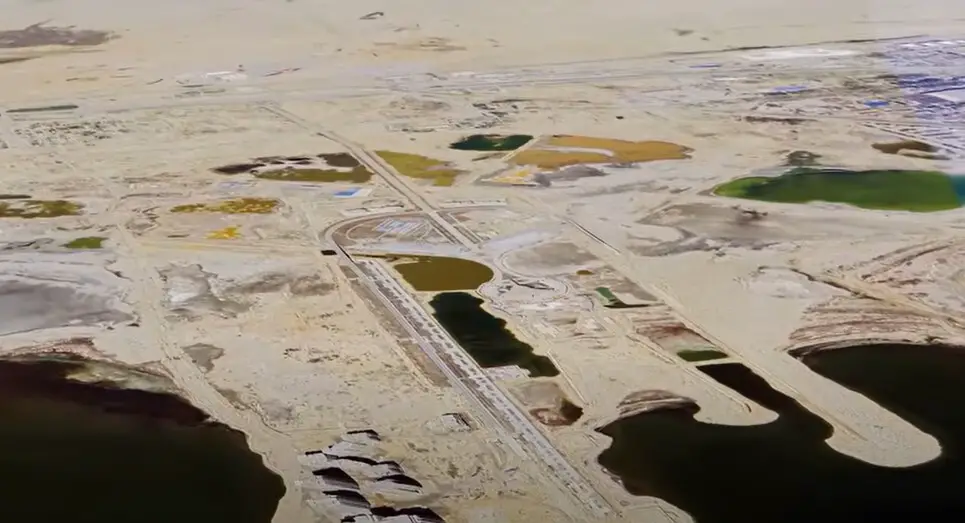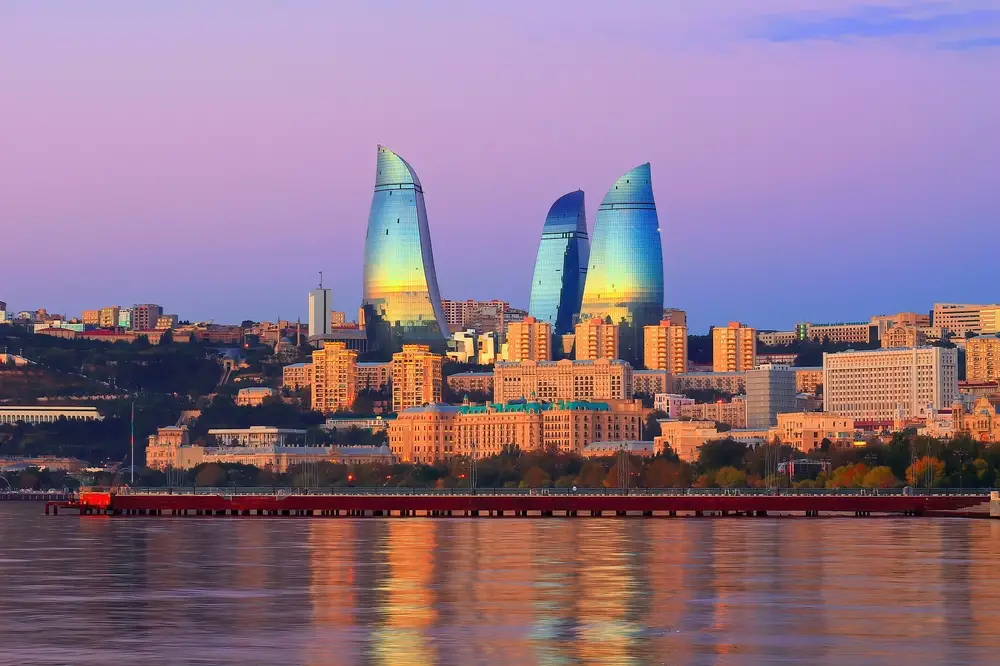Azerbaijan’s ambitious Khazar Islands project, once envisioned as a $100 billion luxury development, has turned into a ghost town. Originally launched in 2010 by businessman Ibrahim Ibrahimov, the project aimed to rival Dubai’s Palm Islands with 55 interconnected artificial islands housing up to one million residents. It also promised to feature the world’s tallest building, the Azerbaijan Tower, and host a Formula 1 race. However, the project collapsed after the 2015 oil price crash, leading to massive delays and leaving the islands largely abandoned.
Construction began in 2011, and the project was initially slated for completion by 2023. It was meant to be a major architectural feat, complete with 150 bridges, schools, hospitals, and cultural centers. However, as Azerbaijan’s oil revenue dwindled, progress slowed to a halt, with the dream of creating the “new Venice” never coming to fruition. By 2017, little progress had been made, and the ambitious vision gradually faded into failure.

Despite the early excitement and significant financial investments, the Khazar Islands remain unfinished, with the land now resembling a deserted ghost town. Ibrahimov, who continued to express optimism about the project’s future even after delays, saw his vision collapse under the weight of financial instability and external economic factors. The once-promising venture that aimed to put Azerbaijan on the global architectural map has instead become a stark reminder of the risks of over-ambitious projects dependent on fluctuating economic conditions.

Today, the islands stand as a testament to unfulfilled dreams, with no clear plan for their completion. The downfall of the Khazar Islands project highlights the fragile balance between ambition and economic realities, particularly in regions heavily reliant on a single industry like oil. Despite this failure, the project remains an intriguing chapter in Azerbaijan’s development efforts.




